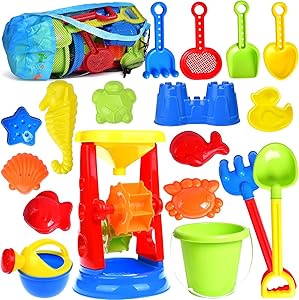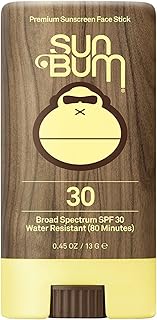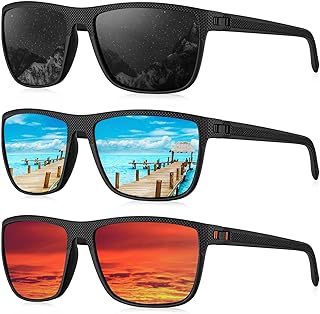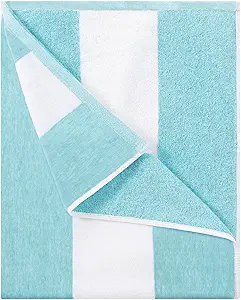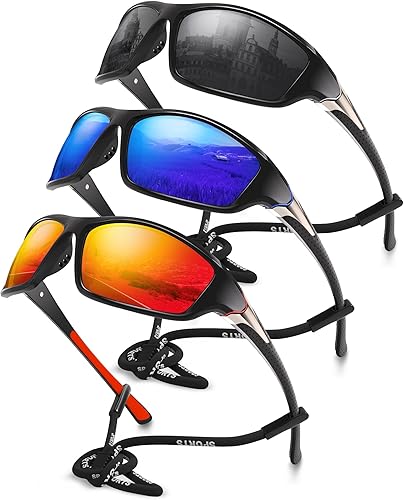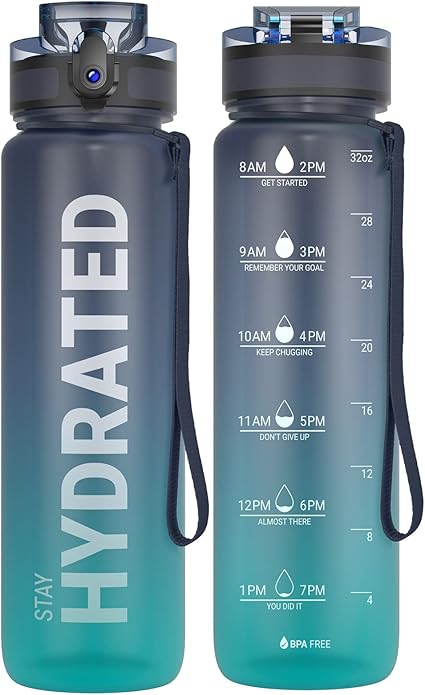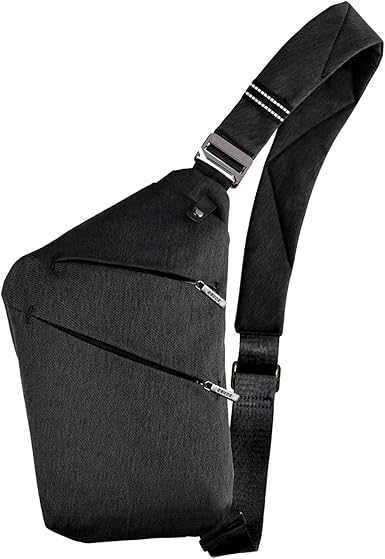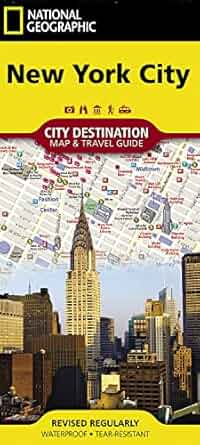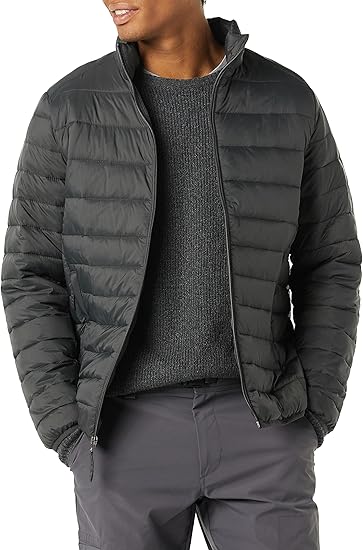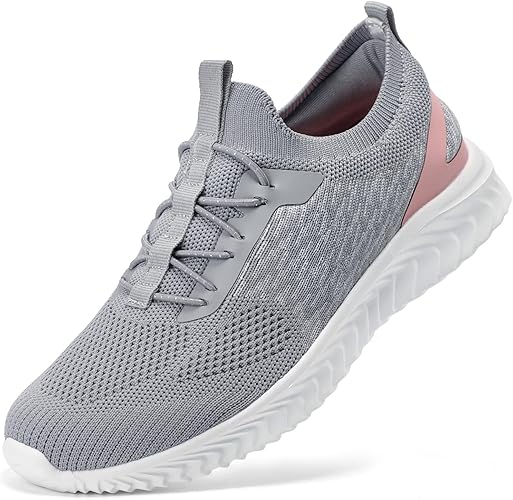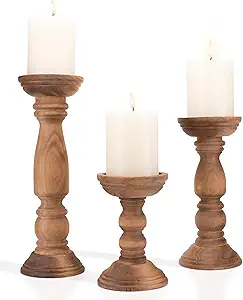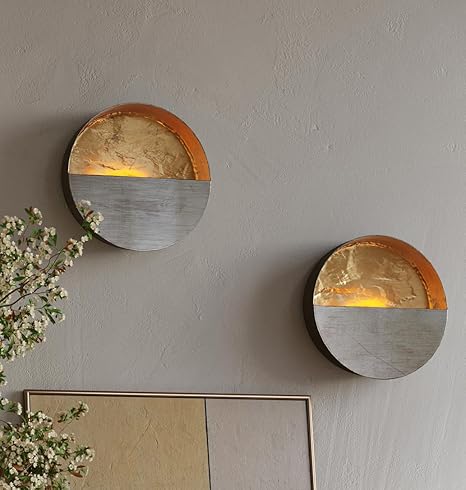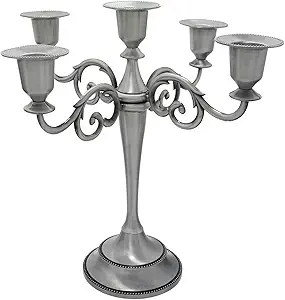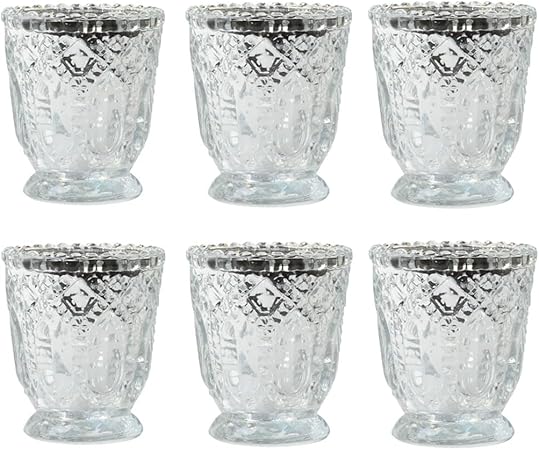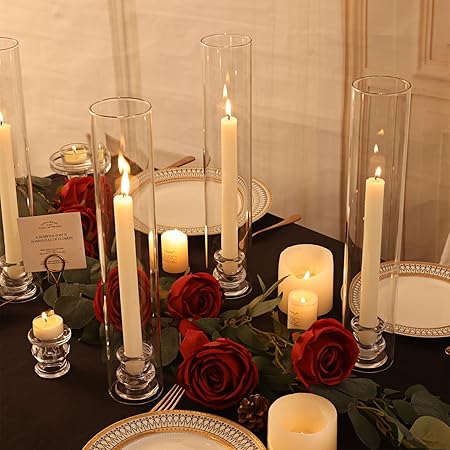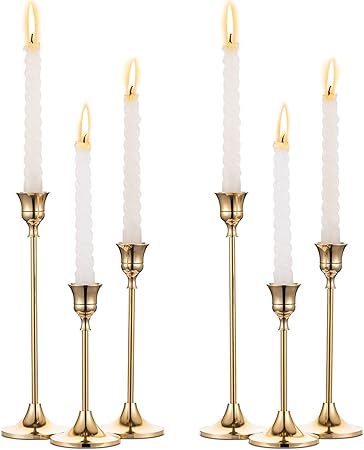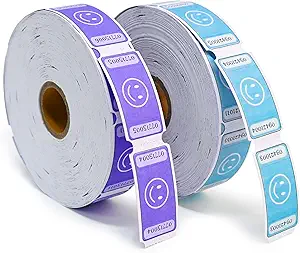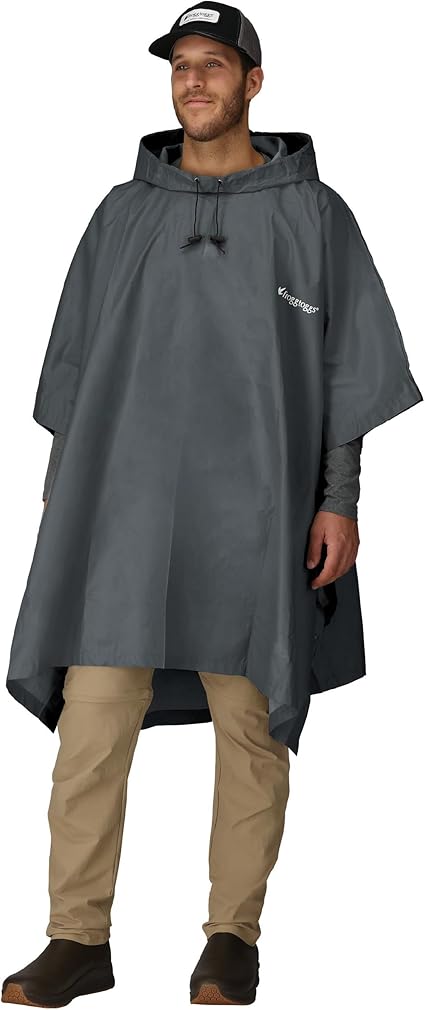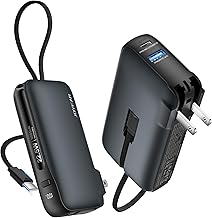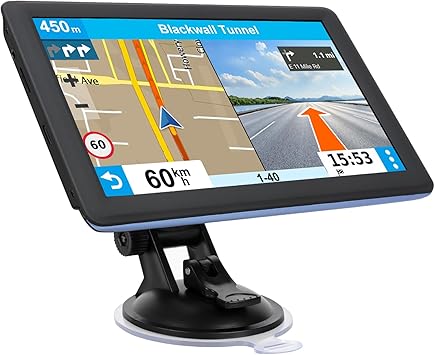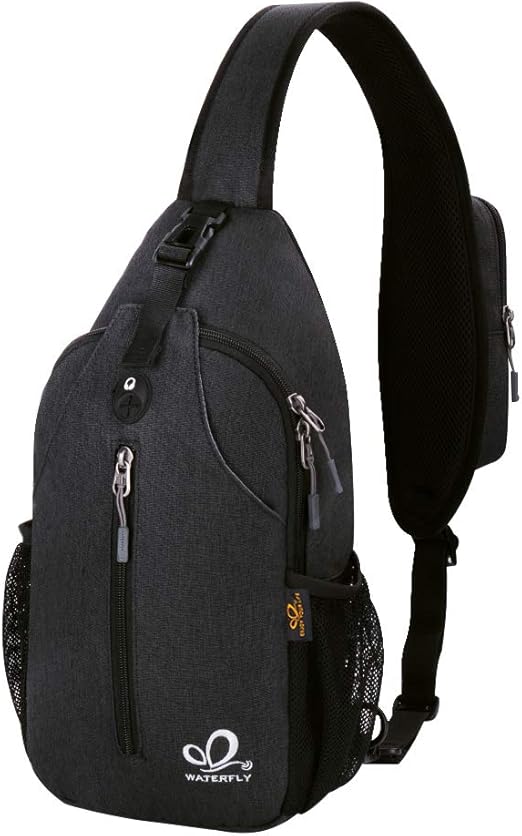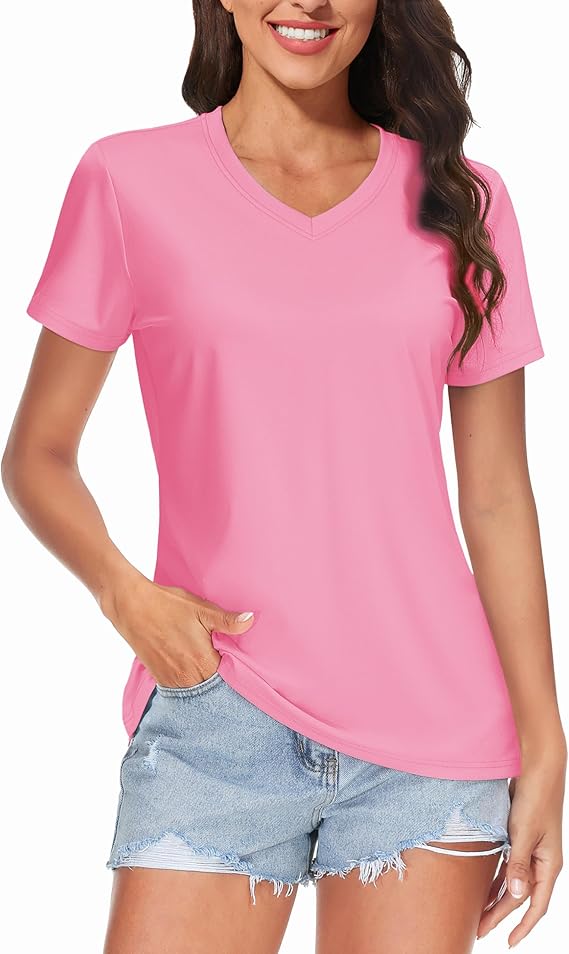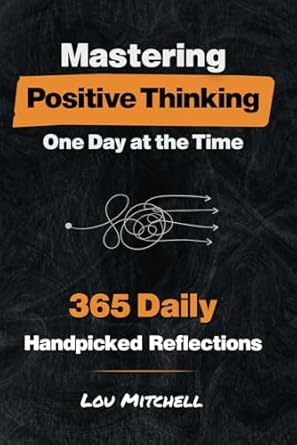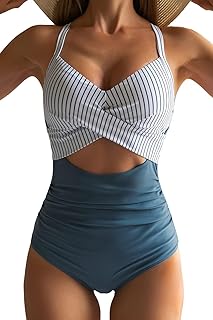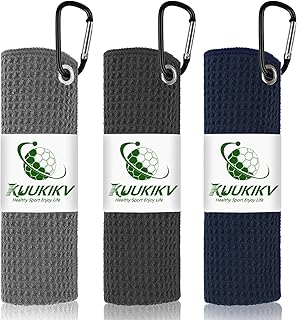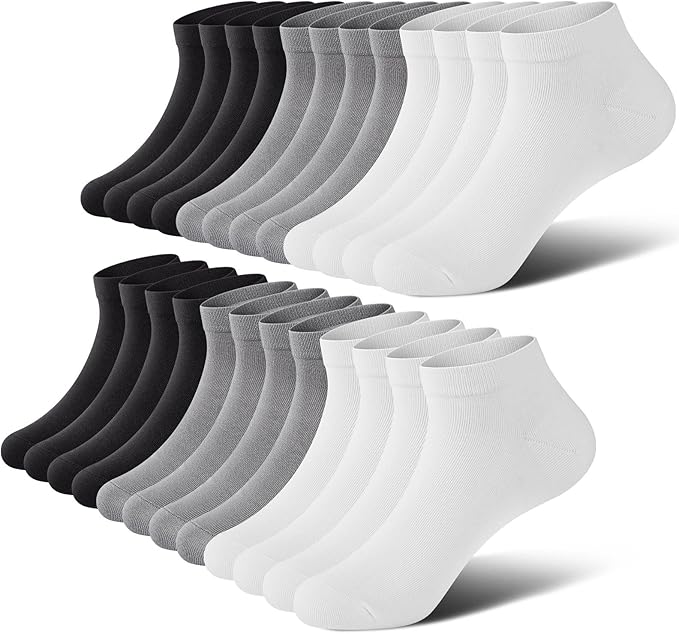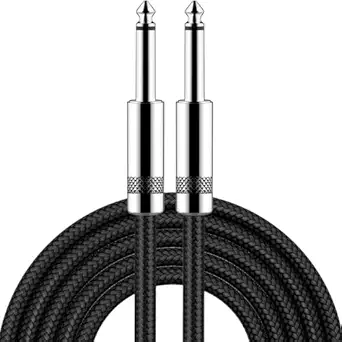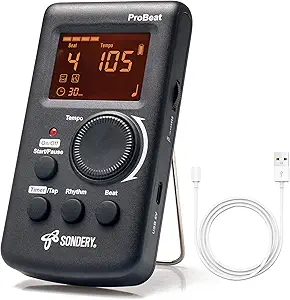Dopamine Décor & Interior Trends That Influence How We Travel & Stay
Introduction: When Spaces Spark Joy
Travel in 2025 is no longer just about where we go — it’s about how the spaces we inhabit make us feel. Enter the world of Dopamine Décor, a movement that transforms travel accommodations into vibrant, mood-boosting experiences. Whether it’s a hotel suite splashed with coral tones, a pastel Airbnb by the coast, or a co-working retreat filled with playful art, this trend is reshaping how travelers connect emotionally with their surroundings.
At its heart, dopamine décor is about cultivating joy. Inspired by color psychology and personal expression, it’s influencing not just interior design but also how people travel and stay. As post-pandemic travelers prioritize happiness, mindfulness, and emotional wellness, this décor trend perfectly aligns with the desire to feel good — inside and out.
What Is Dopamine Décor?
The term dopamine décor stems from dopamine, the brain’s “feel-good” chemical that’s released when we experience pleasure or excitement. Think of the rush you feel when stepping into a bright, airy space filled with lively patterns, warm textures, and expressive color — that’s dopamine décor in action.
This design movement embraces bold self-expression, rejecting minimalist neutrals in favor of vivid hues, nostalgic elements, and personal touches. It’s about designing environments that stimulate joy, creativity, and connection.
In the context of travel, dopamine décor is transforming the hospitality industry — hotels, resorts, and vacation rentals are using color and design psychology to elevate moods, create memorable stays, and differentiate themselves in a competitive market.
The Rise of Emotionally Intelligent Travel Spaces
For years, luxury travel meant marble bathrooms and white linen sheets. But today’s travelers crave more than visual aesthetics — they want emotional connection.
In 2025, design has become emotionally intelligent, blending psychology and architecture to enhance well-being. Hotels are no longer static spaces; they’re experiential environments that adapt to human emotion. Dopamine décor plays a major role in this evolution.
Here’s why:
-
Color evokes emotion: Bright tones like tangerine, pink, and turquoise energize travelers, while earthy greens and blues calm the senses.
-
Textures ground the mind: Plush fabrics, rattan furniture, and natural wood finishes create a tactile comfort that promotes relaxation.
-
Lighting enhances mood: Warm ambient lighting and sunrise simulation lamps are used to align with circadian rhythms, improving sleep and happiness.
The result? Travelers feel rejuvenated, inspired, and more connected to the destinations they explore.
How Dopamine Décor Shapes Travel Choices
In the age of social media, travelers no longer pick accommodations solely for convenience. The aesthetic appeal of a place — how “Instagrammable” it feels — plays a major role in decision-making.
Dopamine décor-driven spaces offer both visual impact and emotional uplift, creating a sense of belonging and joy that extends beyond the photo.
1. The Instagram Effect
Colorful interiors — think coral walls, mural backdrops, and candy-colored furniture — invite guests to document their stays. These cheerful visuals naturally inspire content creation, giving properties a viral edge.
2. Emotional Connection
Unlike sterile hotel rooms, dopamine-designed spaces evoke a sense of comfort and familiarity. Travelers report feeling more relaxed, creative, and “at home.”
3. Personalization in Stays
Boutique hotels and Airbnb hosts now curate décor themes that match travelers’ personalities — from retro nostalgia to boho-chic serenity — fostering an emotional bond with the space.
Top Dopamine Décor Trends in Travel for 2025
Let’s explore the biggest dopamine-inspired design trends that are defining how we travel and stay in 2025:
1. Joyful Color Palettes
Goodbye beige — hello bold! Vibrant colors like electric blue, fuchsia, and sunshine yellow are taking center stage. Designers use color blocking and accent walls to energize guests and evoke positivity.
Pro Tip: Hotels like The Hoxton and Mama Shelter are leading the way, using curated color palettes that make every corner “Instagram-worthy” while enhancing guest mood.
2. Retro & Nostalgic Design
Nostalgia is powerful. Retro-inspired interiors featuring 70s or 80s color tones, vintage artwork, and tactile fabrics remind travelers of happier, simpler times. This sense of familiarity releases dopamine, offering both comfort and joy.
Expect to see checkerboard floors, rotary phones, bold wallpapers, and neon signs making a comeback in boutique accommodations.
3. Biophilic Beauty
Nature-based design continues to dominate — but dopamine décor takes it further. Think leafy murals, floral installations, or plant-filled nooks that make guests feel rejuvenated. Green tones symbolize renewal, aligning perfectly with the rise of sustainable travel.
Many eco-resorts now integrate “dopamine gardens” — sensory landscapes designed for mindfulness walks, grounding travelers emotionally and physically.
4. Playful Textures & Patterns
Mixing patterns and tactile materials creates sensory delight. Velvet couches, terrazzo tiles, woven rugs, and tufted headboards combine comfort with playfulness. These details encourage tactile engagement, stimulating the feel-good response that defines dopamine décor.
5. Statement Art & Personalized Spaces
Art is more than decoration — it’s an emotional trigger. Dopamine-inspired interiors often include vibrant wall art, murals, or locally crafted pieces that reflect the spirit of the destination.
Boutique hotels increasingly collaborate with local artists, turning guest rooms into mini art galleries that tell cultural stories while sparking inspiration.
6. Mood Lighting
Lighting design now focuses on circadian balance and emotional wellness. Warm golden hues, soft lampshades, and dynamic lighting systems help guests feel relaxed or energized based on the time of day. It’s one of the simplest ways to boost dopamine naturally.
7. Scent and Soundscapes
Multi-sensory design is a rising trend in 2025. Hoteliers are incorporating mood-enhancing scents (like citrus, lavender, or sandalwood) and ambient sounds (like ocean waves or soft jazz) to complete the dopamine experience.
The Intersection of Wellness and Design
Travelers are more wellness-conscious than ever. Dopamine décor aligns seamlessly with this movement, offering spaces that heal, inspire, and nurture.
Wellness retreats, meditation lodges, and even city hotels now prioritize environments that help guests recharge emotionally. Bright, mood-lifting interiors are becoming the new “luxury,” replacing excess with authentic happiness.
As a result:
-
Guests sleep better.
-
Productivity improves for digital nomads.
-
Travel stress reduces significantly.
Why Travelers Love Dopamine Décor
-
Boosts mood and creativity: Bright, joyful design energizes travelers.
-
Feels authentic: Each space reflects a personal, human touch rather than corporate sterility.
-
Enhances well-being: Design elements influence relaxation, focus, and joy.
-
Connects travel and self-expression: Travelers choose stays that match their aesthetic and mindset.
In short, dopamine décor isn’t just about pretty colors — it’s a philosophy of intentional happiness through design.
How Hotels Are Adopting the Trend
Luxury hotels and boutique chains are rethinking interiors to align with emotional design principles. Here’s how they’re doing it:
-
Marriott’s Moxy Hotels: Combining bold pops of color with playful furniture and vibrant social zones.
-
The Hoxton: Embracing eclectic charm with vintage-inspired accents and local art.
-
Airbnb Hosts: Offering dopamine-themed homes that blend pastel walls, quirky décor, and curated aesthetics designed for joy.
Even business hotels are evolving, recognizing that emotional wellness enhances guest loyalty and social media visibility.
Minimalism Meets Dopamine Décor
Interestingly, dopamine décor doesn’t mean clutter or chaos. It merges beautifully with modern minimalism — using fewer pieces but with more color and purpose.
A single bold armchair, statement rug, or piece of artwork can transform an otherwise simple room into a dopamine haven. It’s about balance: joyful design without overwhelming the senses.
Dopamine Décor in the Digital Nomad Era
For remote workers and long-term travelers, interior design directly affects motivation and mental health. Dopamine-inspired spaces make work and leisure feel harmonious.
Co-living hubs and digital nomad resorts are now incorporating:
-
Colorful, inspiring workstations
-
Art-filled communal spaces
-
Well-lit, uplifting interiors for video calls
These touches create environments that fuel creativity and happiness, encouraging longer stays and stronger community bonds.
The Future of Dopamine Travel Experiences
Looking ahead, the line between travel, design, and wellness will continue to blur. Dopamine décor will likely influence:
-
Eco-stay designs with color-focused sustainability.
-
AI-powered personalization in room lighting, scent, and music.
-
Emotional analytics to customize guest experiences based on mood.
In essence, dopamine décor will become not just a design trend but a travel philosophy — one that prioritizes how people feel over what they see.
Practical Tips: How to Create Dopamine Décor at Home (or in Your Stay)
-
Start with a color palette that makes you happy — think coral, lilac, or mint green.
-
Add texture through throws, rugs, or cushions that invite touch.
-
Incorporate art that sparks emotion or nostalgia.
-
Use lighting intentionally — warm lights for comfort, natural light for energy.
-
Bring nature indoors with plants and organic materials.
Even small décor shifts can turn a dull corner into a joyful space, creating that “vacation feeling” every day.
Conclusion: Travel Happy, Stay Inspired
Dopamine décor is more than a fleeting design fad — it’s a joyful rebellion against sterile minimalism and an invitation to live (and travel) with emotion. In 2025, travelers crave spaces that tell stories, nurture happiness, and reflect individuality.
From boutique hotels in Palm Springs to cozy Airbnbs in Lisbon, dopamine décor is shaping a new era of travel — one that feels as good as it looks.
Because in the end, the best trips don’t just change your location — they change your mood, your mindset, and maybe even your heart.
🌟 Perfect for PackThisFirst.com Readers
For travel lovers who appreciate the blend of design and emotion, this post encourages thoughtful packing and intentional exploration — packing not just essentials, but joy itself.

